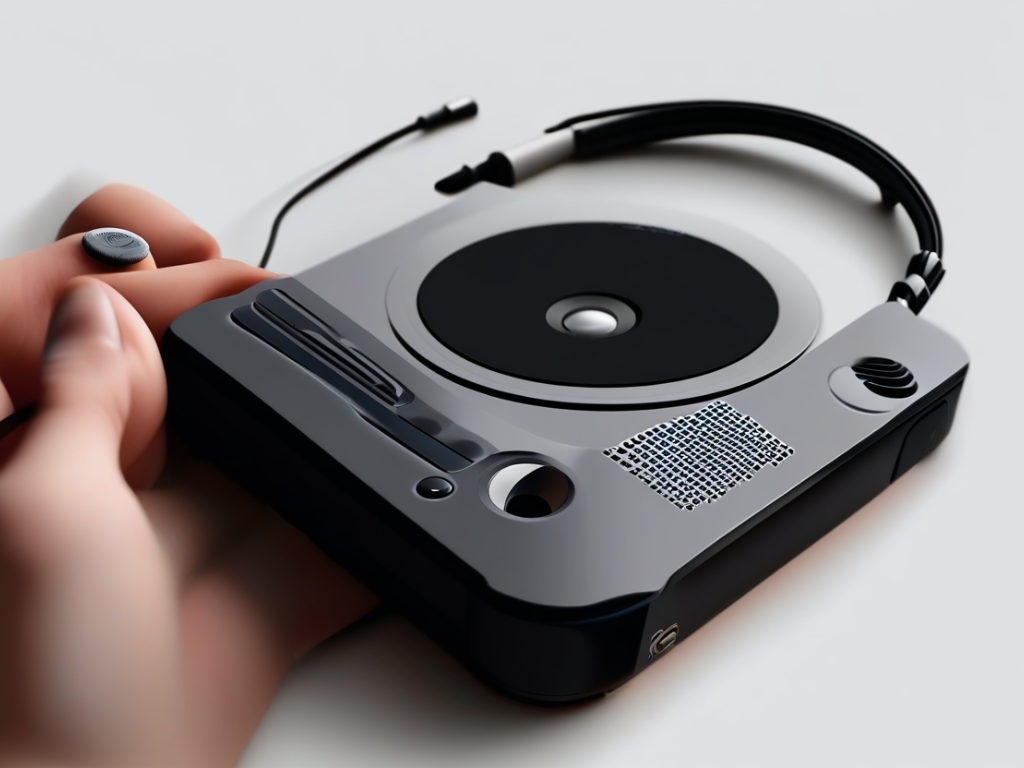When it comes to enjoying music, the choice of a music player can significantly impact your listening experience. With a plethora of options available in the market, it can be overwhelming to pick the best music player that suits your preferences and needs. As an audio enthusiast with a deep understanding of music players and audio technology, I’ve curated an ultimate guide to help you navigate through the various options and make an informed decision.
In this article you will find:
- Understanding Your Needs
- Sound Quality
- Storage Capacity and Expandability
- User Interface and Usability
- Battery Life and Connectivity
- Brand Reputation and Support
- Conclusion
Understanding Your Needs
Before delving into the features of different music players, it’s essential to understand your listening habits and requirements. Consider factors such as where you will be using the music player, the type of music you predominantly listen to, whether you prefer wired or wireless connections, and any specific features you prioritize, such as battery life or sound quality. By identifying your needs upfront, you can narrow down your search and focus on music players that align with your preferences.
Sound Quality
One of the most critical aspects of a music player is sound quality. High-resolution audio formats such as FLAC or WAV offer superior sound quality compared to compressed formats like MP3. Look for music players that support these formats and have features like a dedicated digital-to-analog converter (DAC) for enhanced sound reproduction. Additionally, pay attention to the output power of the music player, as it influences the volume and clarity of the audio output.
Storage Capacity and Expandability
The storage capacity of a music player determines how many songs you can store locally. Consider your music library size and choose a device with adequate storage space. Some music players also support expandable storage via microSD cards, allowing you to increase the capacity according to your needs. Assess how much storage flexibility you require before making a decision.

User Interface and Usability
The user interface of a music player plays a significant role in your overall experience. A user-friendly interface that is intuitive and easy to navigate enhances accessibility and convenience. Touchscreen displays, physical buttons, and responsive controls contribute to a seamless user experience. Consider trying out the device or reading user reviews to gauge the usability of the music player before purchasing.
Battery Life and Connectivity
Long battery life is crucial, especially if you plan to use the music player for extended periods without access to charging. Look for devices with efficient power management and quick charging capabilities. Additionally, consider the connectivity options available, such as Bluetooth, Wi-Fi, and USB connections. Wireless connectivity allows for flexibility in usage, while wired connections may offer better audio quality in certain scenarios.
Brand Reputation and Support
Choosing a reputable brand with a track record of producing high-quality audio products can provide assurance of reliability and performance. Research brands known for their audio expertise and customer support to ensure a positive post-purchase experience. Warranty coverage, software updates, and customer service responsiveness are essential considerations when selecting a music player.
Conclusion
By considering factors such as sound quality, storage capacity, user interface, battery life, connectivity, and brand reputation, you can make an informed decision when choosing the best music player for your listening needs. Remember that the ultimate goal is to enhance your music listening experience and enjoy your favorite tracks with unparalleled clarity and fidelity. Explore different options, compare features, and prioritize your preferences to find the perfect music player that resonates with your audiophile soul.

